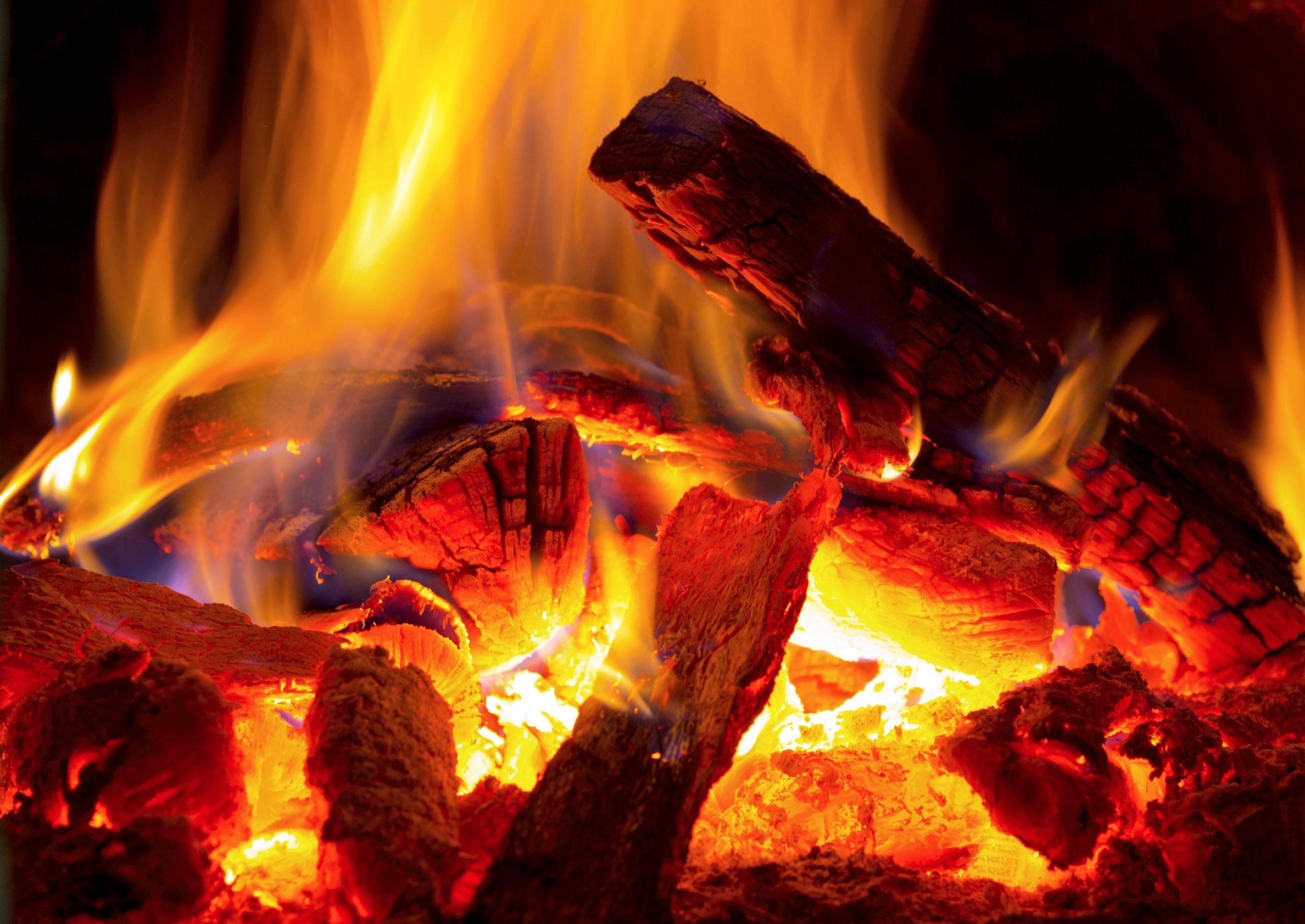
Carbon monoxide: six critical questions answered by an expert
Summer cottages often have gas appliances and fireplaces, which pose a risk of carbon monoxide. While a carbon monoxide alarm offers extra safety, it’s crucial to ensure fireplaces and appliances are used correctly.
1. Why is carbon monoxide dangerous?
Carbon monoxide is an odorless, tasteless, and poisonous gas that people usually can’t sense, especially when asleep. It can be fatal depending on the concentration, as it displaces oxygen in the bloodstream. In Finland, 10–20 deaths due to carbon monoxide poisoning occur each year.
2. What is the usual cause of carbon monoxide poisoning?
Carbon monoxide poisonings have occurred, for instance, when gas stoves and heaters have malfunctioned. Poisoning can also be caused by closing fireplace dampers too soon. According to a 2011 study conducted in Eastern Finland by the Emergency Services Academy Finland, one in ten buildings examined had elevated carbon monoxide levels. Some residents even experienced symptoms. The study found that fireplaces operated by older, more experienced users had higher carbon monoxide levels.
3. What are the hazards at summer cottages?
Cottages often have fireplaces and gas appliances. If you’re returning to the cottage after a break, perhaps after the winter, you should inspect the connections and hoses of gas appliances. It’s also important not to bring gas appliances intended for outdoor use, like gas grills, indoors—even if it’s raining and you want to barbecue. Outdoor appliances don’t meet the same safety standards as those meant for indoor use.
If the fireplace hasn’t been used for over a year, I recommend having the chimney cleaned. All cottage fireplaces need to be swept at least every three years. If a fireplace hasn’t been used for a while, start heating it cautiously with a small fire. Keep an eye on the situation to ensure the smoke is going where it should. If, for some reason, the fireplace initially smokes into the room, it’s important to ventilate thoroughly by creating a good draft.
4. When can you close the dampers?
You should only close the dampers when there’s no longer any glow and the embers are black. This applies even if the dampers have carbon monoxide holes. Even glowing embers produce carbon monoxide. The carbon monoxide holes aren’t enough to allow the carbon monoxide produced during the glowing phase to escape. The presence of these holes shouldn’t affect when you close the dampers.
5. What other tips would you give?
Incomplete combustion produces more carbon monoxide. Whenever there’s smoke, there’s also carbon monoxide. The wood burned in the fireplace should be dry, and you should ensure the fire gets enough oxygen through air intake vents. The dampers should be fully open, and the chimney cleaned. It’s advisable to consult a chimney sweep if you have any issues with the fireplace, for example, when lighting it. Opening doors or windows often helps when lighting the fireplace. If the cottage has an exhaust fan, such as a kitchen hood, it’s best to turn it off while using the fireplace. Negative pressure caused by the exhaust fan can increase the risk of carbon monoxide poisoning. Mechanical exhaust and supply ventilation should be set to fireplace mode.
6. Is it worth getting a carbon monoxide detector?
It certainly provides extra safety, but I wouldn’t rely solely on a carbon monoxide detector. Proper usage of the fireplace shouldn’t be altered, whether you have a detector or not. Also, remember to replace the detector according to the manufacturer’s instructions, at least every 3–5 years.
What is a carbon monoxide detector?
- Carbon monoxide is invisible, odorless, and tasteless. An electronic ‘nose’ can warn you of danger.
- A carbon monoxide detector’s sensor typically only works for 3–5 years, so the device needs frequent replacement. Only purchase detectors with a stated lifespan on the packaging.
- If the detector has alarmed, consult the user manual to see if it can continue to be used. Also, check the operating temperature range of the detector.
- The detector should sound at a volume of 85 dB.
- Read the user instructions carefully. Install the carbon monoxide detector in the same room as your fireplace or gas stove. The detector’s alarm has to be audible in living or sleeping areas.
- If you install the detector on the ceiling, place it at least 300 mm away from the walls.
- If you install the carbon monoxide detector on the wall, it should be 150 mm from the ceiling.
- A combined smoke and carbon monoxide detector must be installed on the ceiling.
- If the detector’s user instructions conflict with the official guidelines from your local health and safety authorities, follow the authorities’ guidelines.
Expert: Risk Management Director Juhani Naskali


